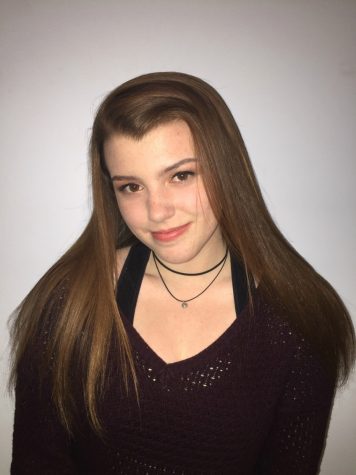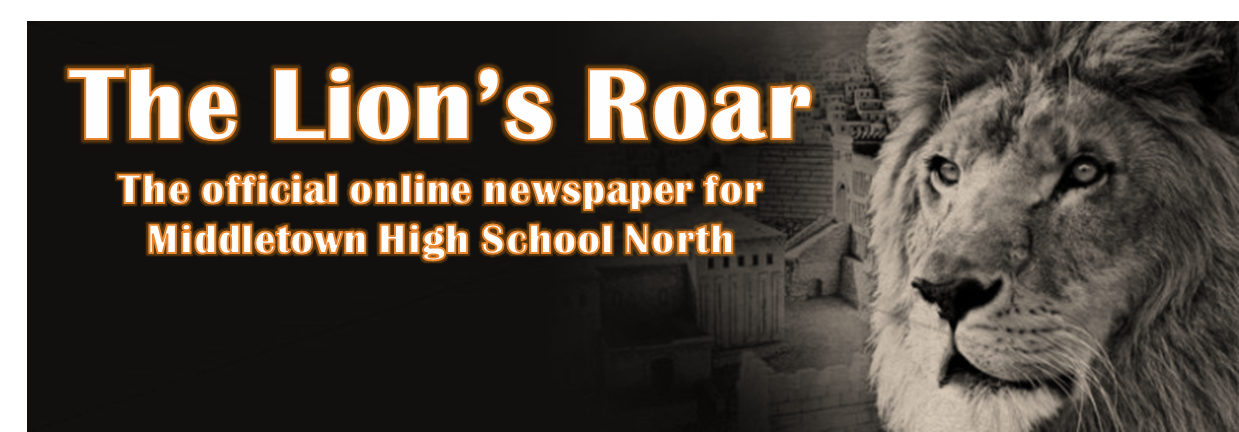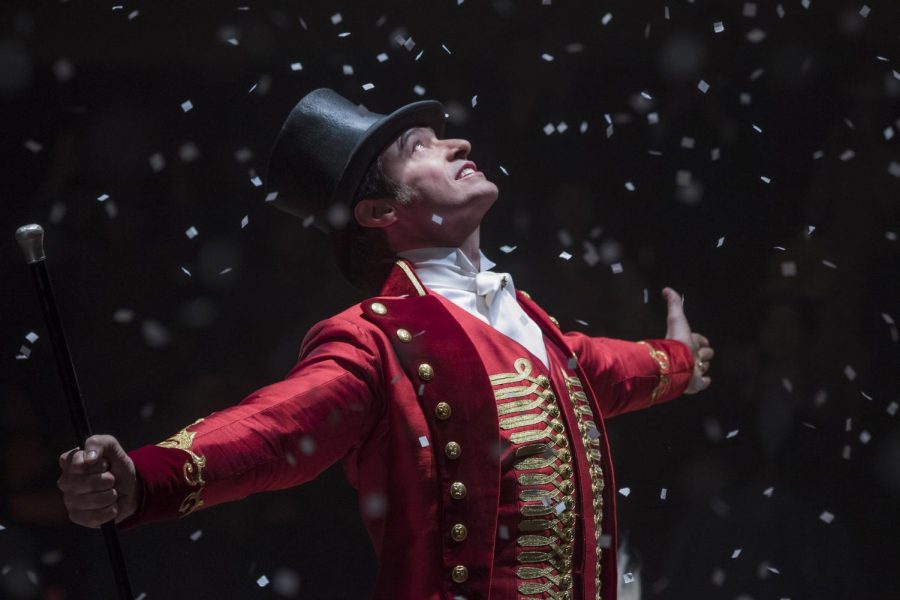Why ‘The Greatest Showman’ Just Might Be The Greatest Show
It seems as though it has been years since the last adequate musical has graced the theaters: The Greatest Showman has arrived to disrupt the drought.
Since the release of the casting list, featuring stars such as Hugh Jackman, Zac Efron, and Zendaya, people expected a remarkable film. And with a heartwarming plot, phenomenal music, and a brilliant overall production, audience members would not be disappointed.
The story begins displaying a young boy who is notably poor, presented in his relationship with a seemingly wealthy young girl. Despite the outside influences, such as their parents, who shame the boy and the girl’s friendship, the boy tells her (in song version, of course) that his dreams and aspirations for the world are what keeps him positive. Within the same song, audience members witness a time-jump from the young boy and girl to Hugh Jackman and Michelle Williams, whose friendship has evidently developed over time to a marital relationship.
There, the identity of Hugh Jackman’s character is revealed; P.T. Barnum, based on the real show man, along with his family are seen struggling economically. Through song and inspiration from his daughters, our protagonist progressively develops the idea of showcasing oddities in the form of a performance, coining the idea of a circus.
Along with the success of the circus comes the conflict that Barnum must face, as he tries to figure out whether his family and the family he created within the circus or the success he never had as a child is more important to himself.
One of the most notable aspect of the film is the music. Despite the movie taking place in the 1800s, the songs have a modern beat with lyrics both pertaining directly to the show and applicable to other situations.
For example, in ‘The Greatest Show,’ which is both the opening and closing song, the lyrics, “It’s everything you ever want / It’s everything you ever need / And it’s here right in front of you / This is where you wanna be” seems to apply to the performance of the circus, yet later on, P.T. Barnum is seen singing these exact lyrics while being with his family, altering the meaning from a show to something deeper.
Another showstopper was ‘This Is Me,’ performed by Keala Settle, who plays the iconic “bearded lady.” Topping the charts and winner of “Best Original Song in Motion Picture” at the 75th Golden Globes, the song acts as an anthem for anyone who has ever felt ostracized from a group or society.
However, many critics disagree with the portrayal of PT. Barnum as a cheerleader for all those who are different. In reality, Barnum exploited rather than celebrated all of the members of the circus. He advertised African-Americans as wild savages, emphasizing their “inferiority” as a race. He even publicized one of the deaths of the black performers, making audience members pay to spectate her live autopsy.
Even then, the story is loosely based off of real events, as many movies are, and if one regards it as a more fictitious piece, considering the fact that Hugh Jackman is most likely not going to sell tickets to a public autopsy, it is still an amazing story. The celebration of people with all different shapes, sizes, skin color, and background may be exactly what the world needs at this moment.

I am editor-in-chief of the Lion’s Roar newspaper, as well as a staff writer for Affinity Magazine. I cheer for Middletown High School North and am a...

